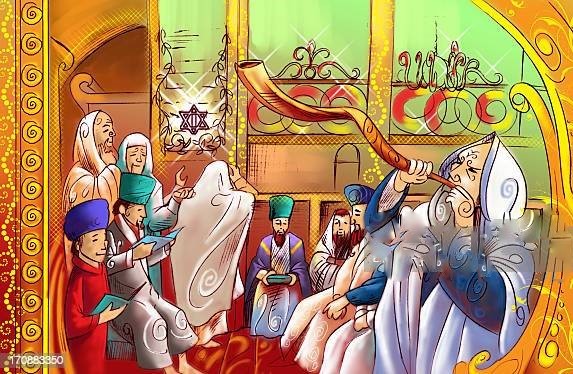SATURDAY PRAYER: HOCHMA-YESHIVAT HAVERIM יְשִׁיבָה חברים – BABYLONIAN TALMUD p110

READING: BETWEEN MIDNIGHT AND DAWN OF SATURDAY
The master said: “Not with a bell,” etc. Why not? Lest it break off and one may carry it. Then
why should the same not be feared in regard to a bell attached to his clothes? Here a bell is
treated of that was made by an expert and was woven right in with the cloth. This is also in
accord with what R. Huna b. R. Joshua said: “Everything that is woven they did not restrict.”
“Nor with a golden ornament.” What was this golden ornament? Said Rabba b. b. Hana in the
name of R. Johanan: “A golden (ornament with an engraving of the city of) Jerusalem on it,”
such as R. Aqiba made for his wife.
The rabbis taught: A woman shall not go out wearing a golden ornament; but if she did so, she
becomes liable to bring a sin-offering. So is the decree of R. Meir, but the sages say: She must
not go out wearing it; if she did, however, she is not culpable. But R. Eliezer said: A woman
may go out wearing a golden ornament to commence with. Wherein do they differ? R. Meir
holds it to be a burden, and the rabbis hold it to be an ornament; then why should she not wear it
to commence with? Lest she take it off to show it to her friends and thus happen to carry it; but
R. Eliezer reasons differently. Who generally go out with such valuable golden ornaments?
Prominent women; and prominent women will not remove them for the purpose of exhibiting
them to friends.
Rabh prohibits the wearing of a crown-shaped ornament, and Samuel permits it. Both agree that
the wearing of a crown-shaped ornament is permissible, as there is no fear that the woman will
remove it; where they do differ, however, is as to a golden and jewelled ornament. The former
holds that there is fear of her removing it in order to exhibit it, and thus probably happen to
carry it, while the latter contends that as only prominent women wear such costly ornaments no
fear need be entertained on that score.
Said R. Samuel b. b. Hana to R. Joseph: You distinctly
told us in the name of Rabh that an ornament in the shape of a crown may be worn. 1